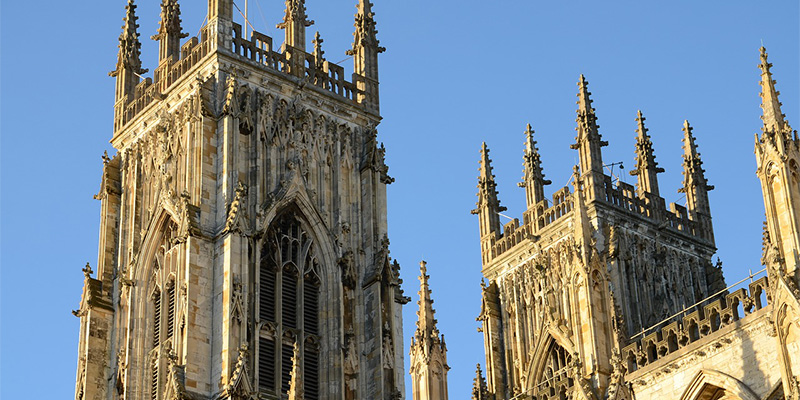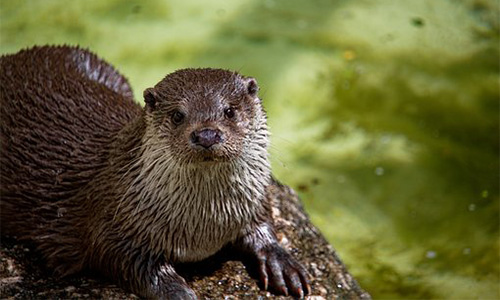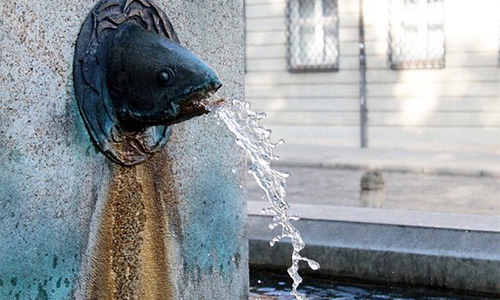Artist in Residence update - Laura Denning and Chantal Berry
Artist in Residence Laura Denning and PhD candidate Chantal Berry are roughly halfway through their collaboration as part of LCAB's artists residencies programme. Laura looks forward to plans for the coming months as their research and ideas begin to crystallise.

In particular, the spiritual and physical journey through York Minster has been a major focus, anchoring the project within the parameters of cathedral as forest, forest as cathedral. This coupling combines our shared focus on the concept of Ductus, from medieval Christian tradition, as a structure for a sonic pilgrimage through the imposing stone forest of the cathedral.
We aim to lead listeners into an embodied environment where human-nature entanglements acknowledge and perhaps embrace spiritual dimensions within them. Ductus is a journey, a dynamic process that denies the possibility of comprehending space as static.
We are interested in utilising braille as a tactile device for triggering sonic works which bring these pilgrimages through time alive. Bringing other, non-visual registers into relation with sound, in this case tactile, we hope to reconsider entanglements within our sensorium, as well as those beyond the self. In order to develop this aspect of the project, we are hosting two sensory ‘walkshops’ with blind and visually impaired York residents, in partnership with MySight York. The first, held at MySight York will encourage discussion around our key research questions, and collaboratively plan the second workshop, a ‘walkshop’. This sensory walk, involving listening, smelling, touching and tasting, will be held at the University of York campus in Heslington and take place in Spring 2023.

As part of my research, I have arranged a date with ecclesiastical stone masons closer to my home in the South West. I will be meeting with Stonemason, Anna Steinmetzer, at Exeter Cathedral, to learn more about stone depictions of the natural world - plants, animals etc - and how masons and ministers and the congregations understood these through time. I am also interested in whether masons draw on sound as they work - is hearing/sound one of the senses that allow a mason to understand the stone? In 2018, York Minster hosted their stone carving festival. It was attended by stone carvers from around the world, including Owen who works as a stonemason at Exeter Cathedral. The festival saw each of the stone carvers turn a rough block of limestone into a finished creation (inspired by the theme “All creatures great and small”) in just a day and a half.
Owen chose an otter as his subject, which led me to wonder about otters on the Ouse and the Foss rivers in York. Indeed an otter was spotted on the Ouse in 2013, a sighting which caused much consternation with local anglers using social media, with many people calling for a cull of these wonderful creatures because of their appetite for fish. More recently (2020), a pair of otters were spotted playing on the Foss, this time to the delight of all who watched them.

Continuing my research into depictions of the natural world from the medieval period, I have secured a visit to St. Johns College at Oxford University, to view The York Bestiary, which believed to be a product of the Benedictine Priory Holy Trinity in York. A parish church today, Holy Trinity is listed in the Domesday Book as one of the five great churches of the North together with the Minsters of Beverley, Durham and Ripon, and York Minster. The monks’ library must have suffered the same fate as that of most other monastic libraries during the Dissolution of the Monasteries, the books were either destroyed or dispersed. Bestiaries are a combination of natural philosophy passed down the centuries with Christian allegories and morals. Bestiaries have a long tradition, going all the way back to the second century. They were such popular illustrated books in the Middle Ages that manuscripts survive in a relatively large number and a variety of languages. Like other bestiaries, the York Bestiary includes fantastical creatures, such as the griffin, mermaid, phoenix, and unicorn. I look forward to viewing these charming, often funny and sometimes puzzling illustrations of animals together with a dazzling display of gold. I might even find a depiction of an otter.
